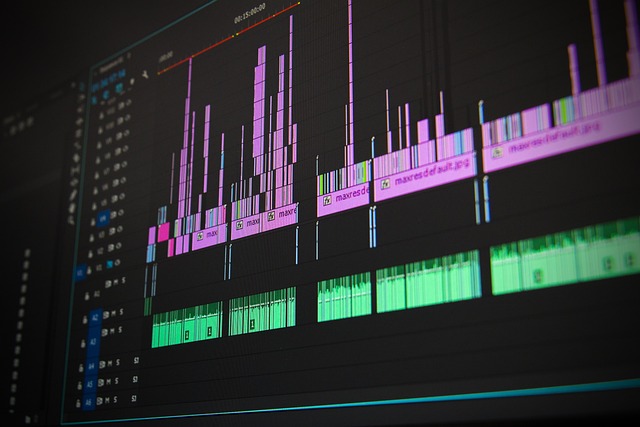Efficient data transfer rates are crucial for seamless format conversions like DivX to AVI. Factors impacting these rates include hardware, connection type, network congestion, and data complexity. To optimize performance, use powerful CPUs, adequate RAM, high-speed internet (e.g., fiber optics), and advanced codecs. Tools that convert DivX to AVI play a vital role in enhancing this process, ensuring quick and reliable data transfer for video content. By leveraging hardware acceleration, reducing resolution or bit rate, updating encoders, and stripping unnecessary audio tracks, you can achieve faster processing times during conversions.
“Experience lightning-fast data transfer with efficient Convert DivX to AVI conversions. This article delves into the crucial factors influencing data transfer rates, highlighting their importance in today’s digital landscape. We explore how converters play a pivotal role in enhancing efficiency, enabling seamless data movement.
Learn practical tips to optimize your conversion processes and master the art of fast DivX to AVI transformations. Discover the secrets to navigating this technological labyrinth and unlock efficient data management.”
Understanding Data Transfer Rates: Factors and Importance

Data transfer rates are a crucial factor in determining how quickly and efficiently information is moved from one location to another, whether it’s across devices or networks. When converting formats, like DivX to AVI, understanding these rates is essential. Several elements influence data transfer speeds, including the hardware capabilities of sending and receiving devices, the type of connection (wired or wireless), network congestion, and the complexity of the data itself.
For instance, a fast CPU and sufficient RAM can significantly boost transfer speed during the process of converting DivX to AVI, as these resources are vital for handling video encoding and decoding tasks. High-speed internet connections like fiber optics offer greater bandwidth, enabling faster data transmission. Moreover, compressing data through advanced codecs can reduce file sizes while preserving quality, thereby facilitating quicker transfers.
The Role of Converters in Enhancing Efficiency

In today’s digital age, efficient data transfer is paramount, and converters play a pivotal role in enhancing this process. When it comes to ensuring fast and seamless data movement, tools that can convert formats like DivX to AVI are invaluable. These converters act as bridges, facilitating the transition of multimedia files from one compatible format to another. By doing so, they unlock higher transfer rates and compatibility with various devices and platforms.
The process involves sophisticated algorithms that optimize file structures, reducing size without compromising quality. This is especially crucial when dealing with video content, where preserving visual integrity while minimizing file size for efficient transmission is essential. So, whether you’re streaming, sharing, or storing, converters ensure your data—be it DivX or AVI—is ready for quick and reliable transfer.
Optimizing Your Conversion: Tips for Fast DivX to AVI Conversions

Converting DivX to AVI format can significantly speed up data transfer rates, especially for larger video files. To optimize this process, start by ensuring your encoder is set to use hardware acceleration if possible. This leverages your computer’s GPU to handle the conversion, resulting in faster processing times.
Next, consider reducing the video resolution or bit rate. Lower resolutions and bit rates will result in smaller file sizes without a notable loss in quality, making them easier to transfer. Additionally, check that you’re using the latest version of DivX encoder, as updates often include performance improvements. Lastly, if your source material contains complex effects or high-frequency content, try stripping out unnecessary audio tracks or reducing their bitrate—these can slow down the conversion process.
Converting DivX to AVI files can significantly enhance your multimedia experience by enabling fast and efficient data transfer rates. By understanding the factors influencing data transfer rates and leveraging converters effectively, you can optimize your conversion processes. With the right tips for converting DivX to AVI, you’ll enjoy seamless and swift file transformations, ensuring a smoother digital workflow.
